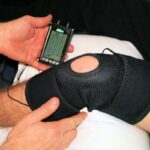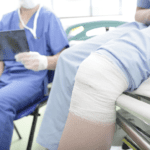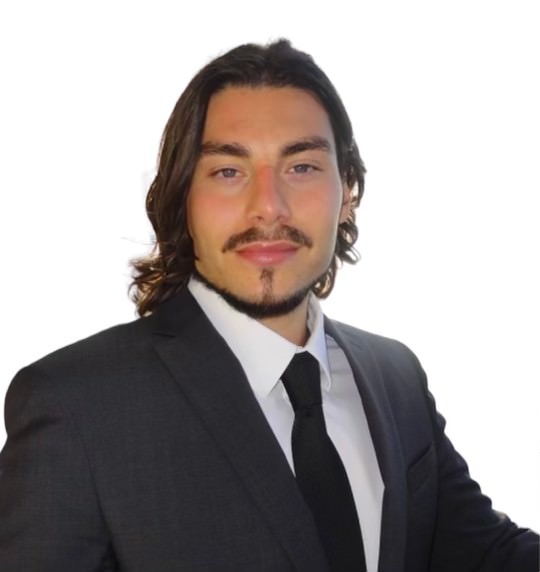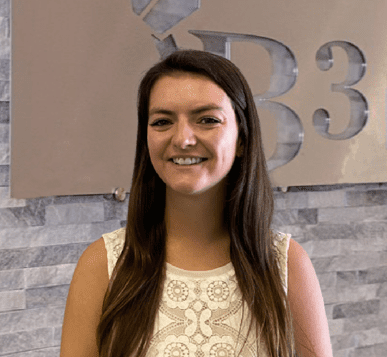Neck pain is common and can have many different causes. You may have injured your neck or may be experiencing neck pain as a result of the normal process of aging. Neck pain sometimes comes from other medical conditions as well. You’ll be glad to know that neck pain relief doesn’t need to come in the form of surgery or dangerous prescription pain medication. Your neck pain can be treated in one place, and recovery time can be short.
15 Non-Surgical Neck Pain Relief Options to Consider
Chiropractic Treatments
If your neck pain is due to your spine being out of alignment because of an injury or due to the natural aging process, chiropractic treatments can help. This may include a neck adjustment where the joints of the neck are manipulated. This often allows you a greater range of motion in the neck and helps decrease the pain you may be feeling.
Chiropractic care will also involve assessing the rest of the spine because any spinal issues can be related. If you have back pain as well as neck pain, these conditions could be making each other worse. The chiropractic doctor will evaluate the problems with the spine so that the whole body can be properly aligned and regulated.
Physical Therapy
Physical therapy is a good way to stretch and strengthen your neck, allowing you to move it more freely without experiencing pain. A stronger neck means the ability to hold yourself in a healthier frame, which can lead to a decrease in pain and lower the likelihood of injury or further problems.
Massage
Professional massage from someone trained in this area can relieve neck pain by relieving tension in the neck and back. It can also help calm a stiff neck or provide relief from a pinched nerve. Massage can also relax tight muscles that are causing pain.
Neuromuscular Therapy
This type of therapy is similar to massage but its focus is on specific soft tissues where there is muscle spasm. The medical professional will place pressure on these trigger points for a short period to encourage the spasm to stop. This is often effective when muscle tissue has been damaged.
Epidural Injections
Injections of steroids into the spine’s epidural fluid can decrease pain caused by certain specific conditions. This works by reducing inflammation that may be the source of the pain. The patient will typically be injected first with an anesthetic and then a larger needle will be used for the medication.
The medical team will guide the needle with the use of a special x-ray and contrast dye to make sure that the medicine is being injected properly.
Kyphoplasty
When osteoporosis causes weakness in the bones, pain in the neck and back is sometimes the result. Kyphoplasty is a procedure that fills in cracks within the bones with a material that is similar to putty or cement, helping them heal so pain can be controlled.
Spinal Cord Stimulation
In spinal cord stimulation, electrical pulses are sent through the body to stimulate spinal cord nerves. This helps stop the nerves from sending pain signals to the brain. This procedure begins by placing electrodes into the epidural area. Pulses are then sent into the body, and the patient guides the medical staff in knowing where the pulses are most helpful.
After a trial period where the patient evaluates how well the stimulation is working, permanent electrodes can be attached and a generator can be implanted in the body. The patient will be given a device that controls the electrical pulses.
Trigger Point Injections
Sometimes medication can be injected directly into certain trigger points as a way of reducing pain. Trigger points are areas that may spasm or show signs of inflammation. Trigger points can be tender and sensitive to touch and pressure.
Peripheral Nerve Block
In a peripheral nerve block, an anesthetic is injected directly into the nerve to treat pain and inflammation. It can be used to diagnose the cause of neck pain. If the peripheral block relieves the pain, it can help the medical team understand why the pain is occurring. Future peripheral nerve blocks can be used as treatment if the pain returns.
Radiofrequency Ablation (RFA)
The object of this procedure is to destroy the specific nerves causing the pain. It is typically tried when other methods have failed. This treatment involves a probe being inserted into the nerves that are the source of the pain. Electrodes are also placed in the area to increase the space that is being treated. Electromagnetic waves then release heat through the probe, killing the tissues in the problematic nerve.
Mesenchymal Stem Cells and Platelet Rich Plasma (PRP)
Mesenchymal stem cells come from bone marrow and aid the body in creating certain tissues, and platelet-rich plasma is a healing element in the patient’s body. This procedure uses stem cells to allow the body to heal damaged areas in the nerve so that healthy tissue is produced
Facet Joint Injections
Facet joints connect the bones in the spine, and the roots of the nerves pass through this area. These connections can be injected with an anesthetic and steroid combination that lessen pain. This makes physical therapy easier for patients who are experiencing extreme pain.
Nutrition Counseling
It is a surprise to some people that nutrition can play a role in the treatment of pain. Often pain caused by inflammation is irritated by certain foods that can inflame joints and irritate certain parts of the body. When those foods are avoided, and other anti-inflammatory foods are eaten instead, a reduction in pain is often the result.
A professional nutrition counselor can help you understand what to eat for the best results in decreasing pain. Nutritionists can also tell you how your diet can increase the odds of successful, efficient medical treatments.
Weight Control
Along with eating the right foods, weight control is also helpful in regulating pain. Many times,- pain is associated with obesity and can decrease if you can bring down your weight. The systems in your body can function properly when you are at your healthiest. This may mean losing weight.
Excercise
Activity is an important part of every person’s life, and sometimes pain can cause patients to stop exercising or engaging in physical activity. This can sometimes make the problem worse. Your medical team will assess your activity level to discover whether it is hurting or hindering your pain and any potential treatment.
You may need to adjust your exercise routine to include more stretching and moving, or you may need to stop specific activities that are contributing to the pain. Your doctor and medical team can help you come up with a plan for exercise that will be the most beneficial for you.
Living with neck pain isn’t easy. Contact the team at B3 medical for a new approach to health care that doesn’t rely on surgery or drugs. We can help you get neck pain relief and have you back to living your best life right away. You don’t have to live with neck pain, no matter what caused it in the first place. Make an appointment with us, and we’ll talk to you about options that can treat your pain.
